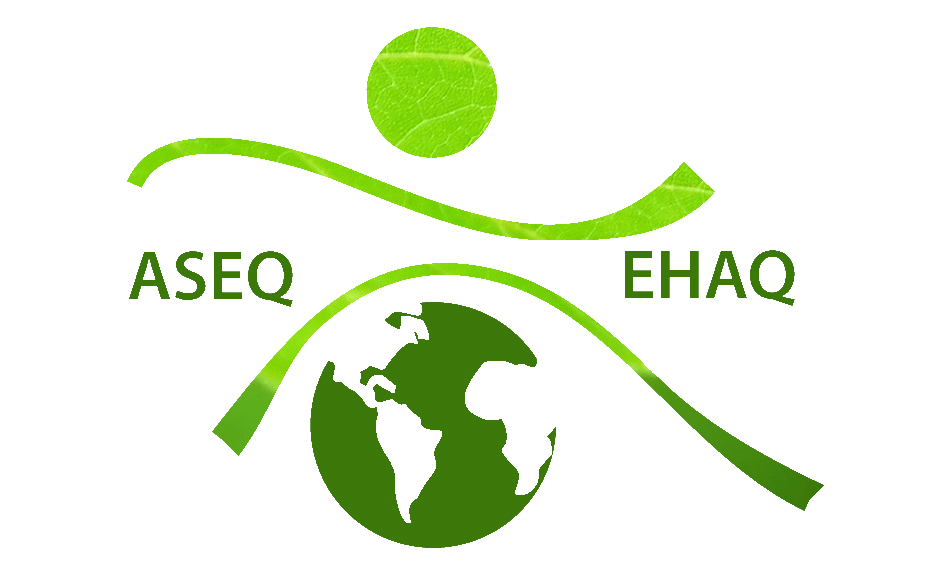Multiple Chemical Sensitivities
At the Environmental Health Association of Québec, our mission is to support people experiencing multiple chemical sensitivities by providing resources, education, advocacy and awareness. In order to increase the accessibility of our society for those with environmental sensitivities such as multiple chemical sensitivities, we must transition towards environmentally friendly, least toxic, fragrance free products and ecological strategies for daily life, to ensure that all people can have access to public spaces, including clinics and hospitals. Our team spans many disciplines, working on outreach, education, research, medicine, and law, to name a few, in order to help make this shift and support individuals with environmental sensitivities/multiple chemical sensitivity.
We are already experiencing climate change in Canada. Heat waves are getting hotter and occurring more frequently. Clinically, this increases the risk for heat-related health events, such as heat cramps, heat exhaustion, and life-threatening heat strokes
We know that it’s the burning of fossil fuels and industrial processes that have contributed almost 80% of the increase in greenhouse gases emissions responsible for global warming.
Not only do these factors influence global warming, but now the World Health Organization has identified air pollution as ranking among the top five risk factors for developing chronic non-communicable diseases, along with tobacco use, harmful use of alcohol, unhealthy diets and physical inactivity. These diseases include cardiovascular, respiratory and neurodegenerative diseases as well as neurodevelopmental disorders such as intellectual disability, autism spectrum disorder, attention deficits, hyperactivity, and learning disabilities.
Pollution has an impact on different medical conditions because it induces or effects the shared pathophysiological mechanisms: oxidative stress, systemic inflammation and the resulting cell damage, leading to cell dysfunction or death. The risk for these disorders is also associated with genetic polymorphisms for detoxification.
This risk from pollution exposure is dose related. For example, the risk is increased depending on how close one lives to a major roadway. Nevertheless, we can still detect positive associations from exposure levels below the present air-quality guidelines or standards.
In addition to these risks, we are now seeing an emerging phenomenon: chemically induced oxidative stress and systemic inflammation that can initiate sensitization of receptors on cells that are chemosensitive. The result is a condition called multiple chemical sensitivity (MCS). These patients also demonstrate oxidative stress, systemic inflammation, an increased likelihood of polymorphisms for poor detoxification and abnormal processing of chemical odours.
More than one million Canadians have MCS (Statistics Canada 2020). Unfortunately, a lack of education and knowledge on how to provide medical care for these people has been documented in the report of the recent Task Force for Environmental Health established by the Ontario Ministry of Health and Long-Term Care.
In fact, calls for improvements in medical education in environmental health have been made twice by the US Institute of Medicine as well as professional bodies of pediatricians, obstetricians and gynecologists, and family physicians.
Regrettably, this education is still largely absent. Proof of this comes from the results of a study published in 2019 in the Canadian Family Physician. The authors examined the environmental health training, attitudes and knowledge of first- to third-year family medicine residents in 4 Ontario training programs.
The result? Residents lack both training and mentorship. For example, even though 92% of the residents believed that taking an environmental exposure history is important, only 18% of them had specific training in how to do so.
Even more significant, the residents rated their supervisors’ knowledge of environmental health as low. Yet, they continued to use supervisors as their second most frequent source of information when confronted with a clinical problem.
The most commonly reported resource used to answer a clinical environmental health question was the Internet. In fact, the most commonly used Web resource was the subscription site UpToDate.
The section on MCS is glaringly not “up to date”. The literature citations are inadequate, with no mention of:
- the multiple case-control studies demonstrating chemosensitive receptor sensitization,
- the genetic predisposition to a poor detoxification phenotype
- measured oxidative stress and systemic inflammation,
- and the abnormal odour processing in the brain, as demonstrated by functional brain scan imaging studies, and supported by systematic reviews.
As a result, the authors erroneously conclude that MCS is not a medical condition and should be treated as a somatoform disorder. As a result, the Ontario Task Force on Environmental Health, commissioned by the Ministry of Health and Long-Term Care, Ontario, reported that MCS patients experience significant stigma, discrimination and lack of accommodation from health care providers, due to the lack of recognition that they have a real physical illness. The Task Force concluded that raising this awareness is a critical first step in improving care.
Ultimately, there are considerable gaps in knowledge, effective teaching, and clinical practice skills required to prevent and manage exposure-related conditions.
We know that there are barriers to change in educating medical students and residents, including lack of time or expertise.
Despite these challenges, we need faculty champions and institutional leadership to overcome these recognized barriers.
The time has come to integrate environmental health into medical training.
Learn more about the Environmental Health Association of Québec and MCS.
